Achilles Rupture Treatment at Foot Foundation
An Achilles rupture is a serious injury, often described as a sudden “pop” or snap at the back of the leg. It may require urgent surgical referral and structured rehabilitation.
At Foot Foundation, we provide immediate assessment, imaging referral, and tailored rehabilitation after rupture—whether managed surgically or conservatively. Our goal is safe recovery and prevention of re-rupture.
What is an Achilles Rupture?
An Achilles rupture is a partial or complete tear of the Achilles tendon, often occurring during sudden explosive movements such as sprinting, jumping, or pushing off forcefully. Patients frequently describe a “popping” or snapping sensation in the back of the leg, followed by immediate pain and loss of function.
This is a serious injury requiring urgent assessment. Complete ruptures usually require surgery, while partial ruptures may sometimes be managed conservatively. Rehabilitation is essential to restore tendon strength and reduce the risk of re-rupture.
Causes & Risk Factors
Sudden explosive activity (basketball, football, squash, sprinting)
Middle-aged recreational athletes (“weekend warriors”)
Pre-existing Achilles tendinopathy
Poor warm-up or deconditioning
Reduced calf flexibility or strength
Use of fluoroquinolone antibiotics or corticosteroid injections
Systemic conditions such as diabetes or inflammatory arthritis
Previous history of Achilles injury
Treatment at Foot Foundation
Immediate referral for complete ruptures – surgery is often required within the first 1–2 weeks for optimal outcome
Post-operative rehabilitation – strengthening, load management, and gait retraining after surgery
Conservative management for partial ruptures – immobilisation, structured loading, and progressive rehabilitation
Orthotics and footwear support – heel lifts and supportive shoes to reduce tendon load during healing
Strengthening and conditioning programs – to restore function and reduce risk of recurrence
Symptoms
Sudden “snap” or popping sensation in the calf/heel region
Sharp pain and immediate difficulty walking
Inability to push off on the injured side
Swelling and bruising in the calf or ankle
Palpable gap in the tendon (in complete rupture)
Weakness or loss of plantarflexion strength
Diagnosis
At Foot Foundation, suspected ruptures are assessed with:
Clinical examination – including the Thompson squeeze test (calf squeeze test for plantarflexion response)
Palpation – to identify a tendon gap
Functional testing – push-off strength
Ultrasound or MRI – to confirm partial vs complete tear and guide management
Complete ruptures require urgent referral to orthopaedics. Partial ruptures may be managed conservatively under specialist supervision
Retrocalcaneal Bursitis – FAQs
Most patients describe a sudden “pop” or snapping sensation, followed by immediate pain and difficulty walking. In complete ruptures, pushing off the foot becomes impossible. A specialist assessment is required to confirm the diagnosis.
A partial rupture involves tearing of some tendon fibres, with some function preserved. A complete rupture is a full tear, usually leaving the patient unable to push off the foot. Imaging helps confirm the extent of the injury.
Not always. Complete ruptures are usually best managed surgically, particularly in younger or active patients. Partial ruptures may sometimes be managed conservatively with immobilisation and structured rehabilitation.
Recovery typically takes 6–12 months. Patients progress through phases of immobilisation, gradual weight-bearing, strengthening, and return to sport. Early specialist rehabilitation is crucial for long-term function.
Yes, some partial ruptures and select complete ruptures in less active individuals can heal with conservative care. However, the risk of re-rupture is higher, so surgical consultation is often recommended.
Re-rupture rates are highest in the first year after injury, particularly if rehabilitation is inadequate. Specialist rehabilitation and careful load management reduce recurrence risk significantly.
Return to sport is usually possible after 9–12 months, depending on the severity of injury and the demands of the activity. A graded, sport-specific rehabilitation plan is essential.
Orthotics can support foot biomechanics, reduce tendon strain, and assist during the rehabilitation phase. Heel lifts may also be prescribed temporarily to reduce loading during early recovery.
Yes. Specialist podiatry and physiotherapy are essential for restoring function, strength, and movement following rupture repair. At Foot Foundation, we work closely with surgeons to optimise rehabilitation outcomes.
Why Choose Foot Foundation?
Foot Foundation provides specialist-level assessment and rehabilitation for Achilles ruptures, ensuring accurate diagnosis and tailored post-operative care. We combine advanced rehabilitation, orthotics, and physiotherapy to help patients recover function and prevent re-rupture.
With clinics in Rosedale, Takapuna, Remuera, Botany, Hamilton, and Tauranga, Foot Foundation offers expert Achilles rehabilitation across New Zealand.




